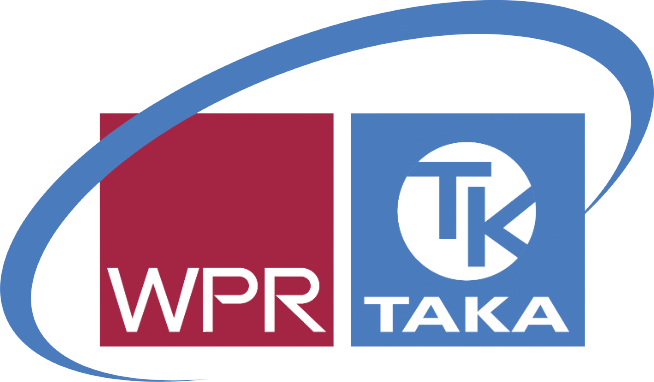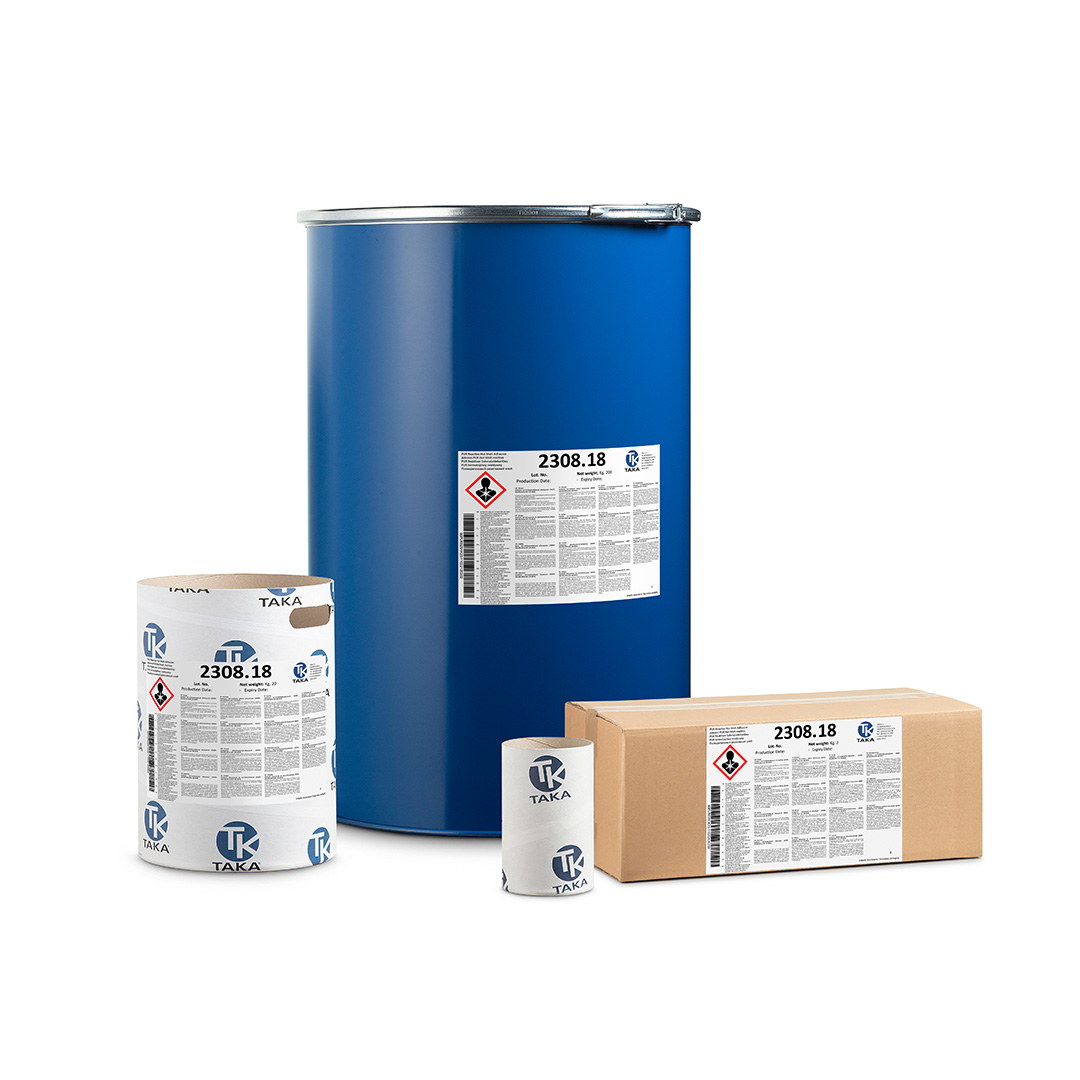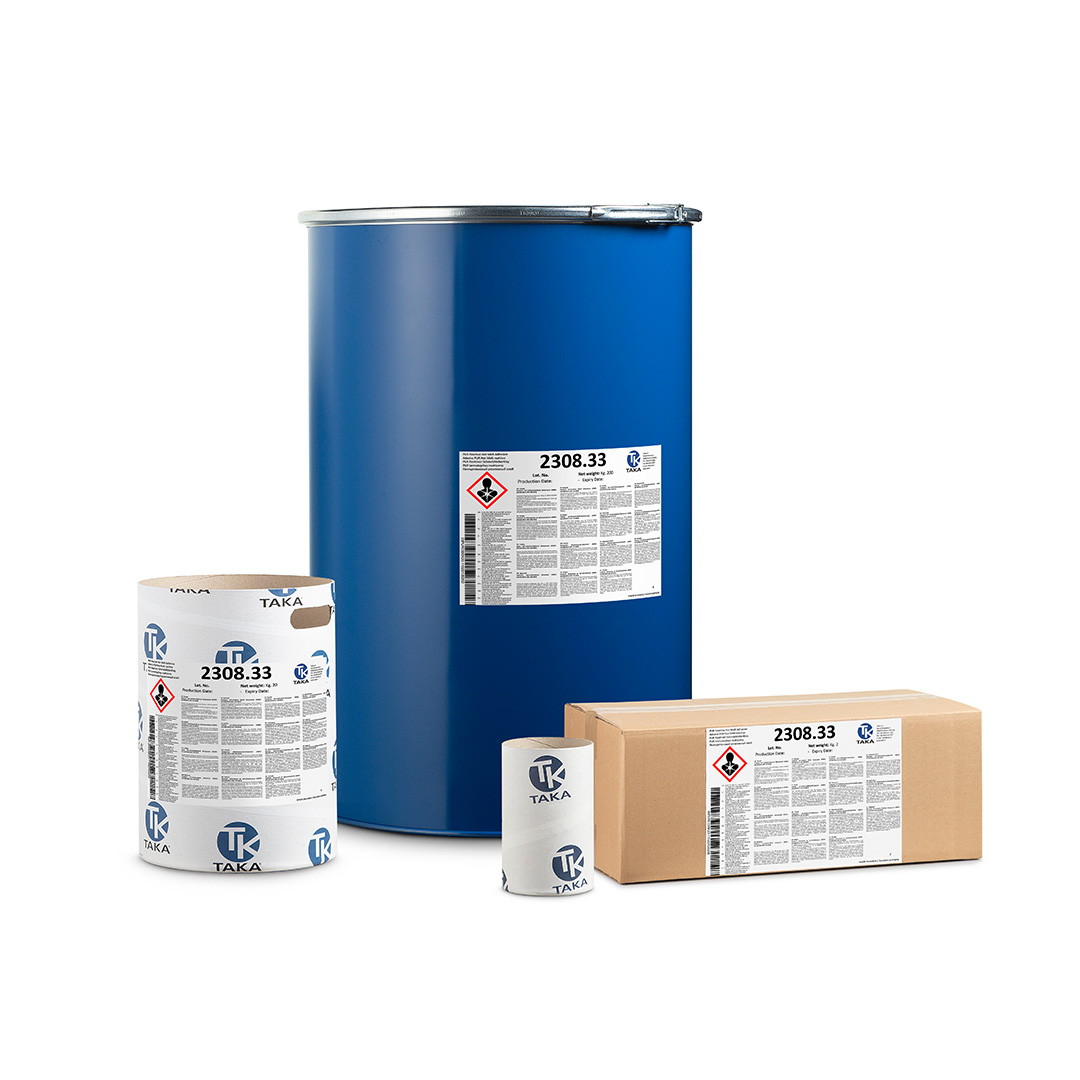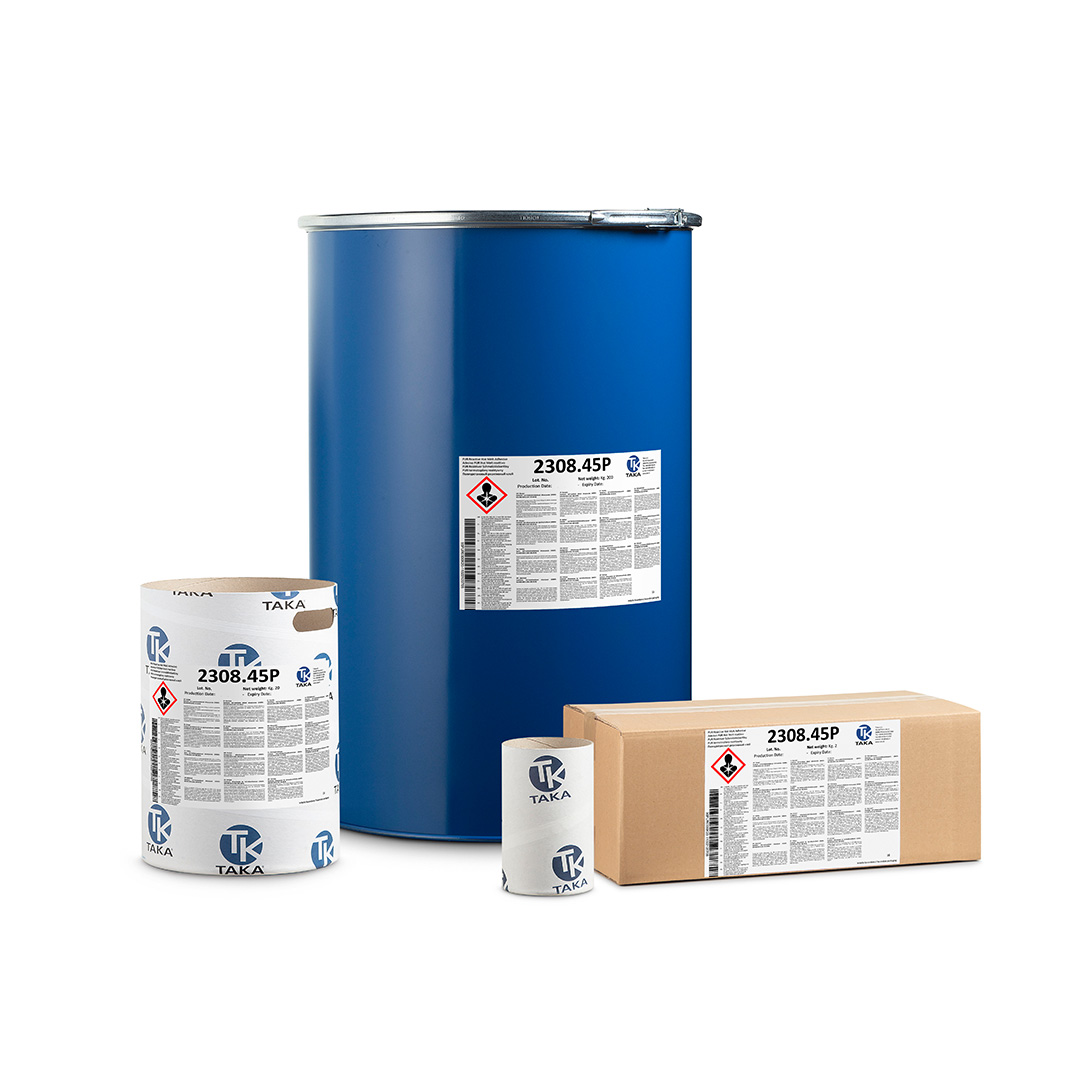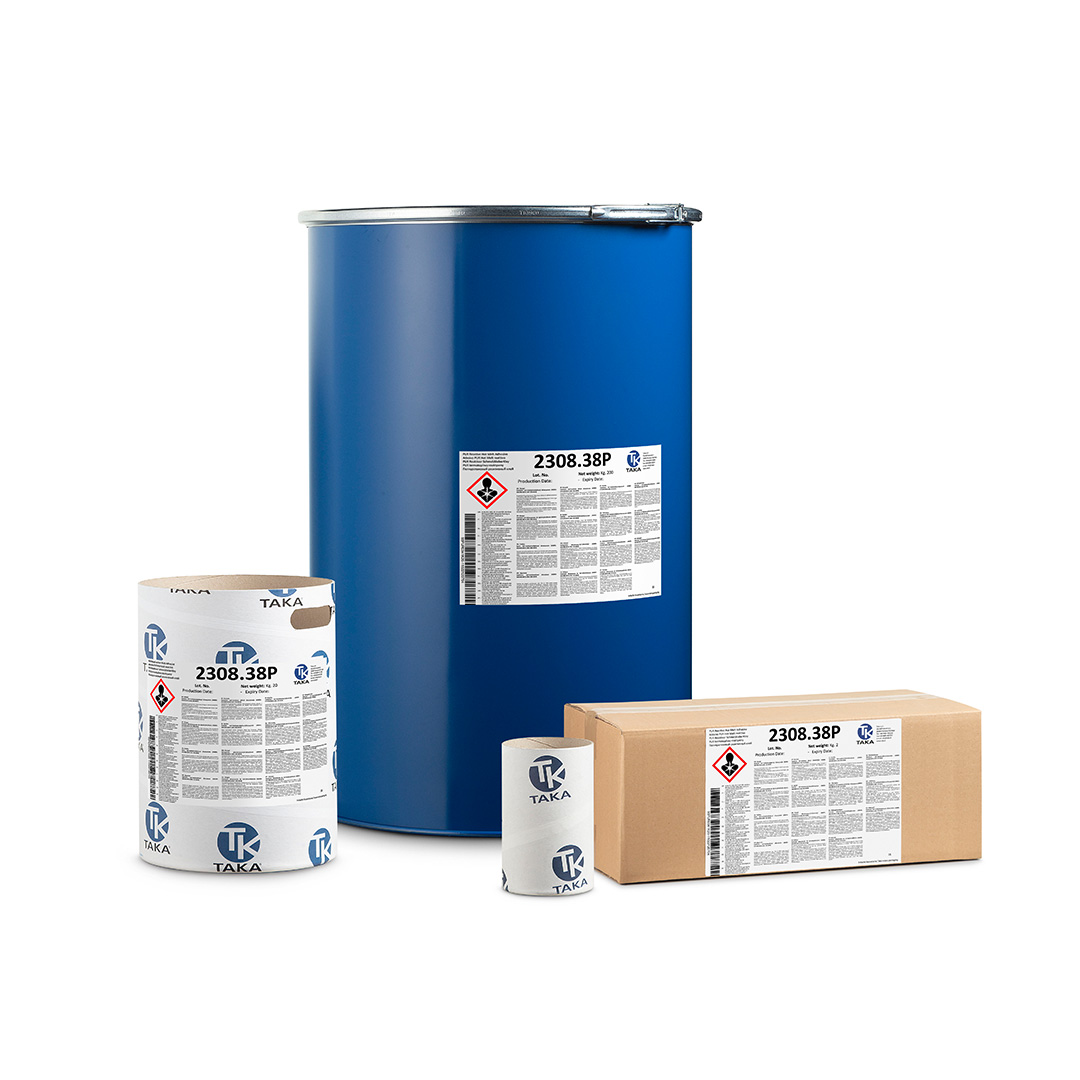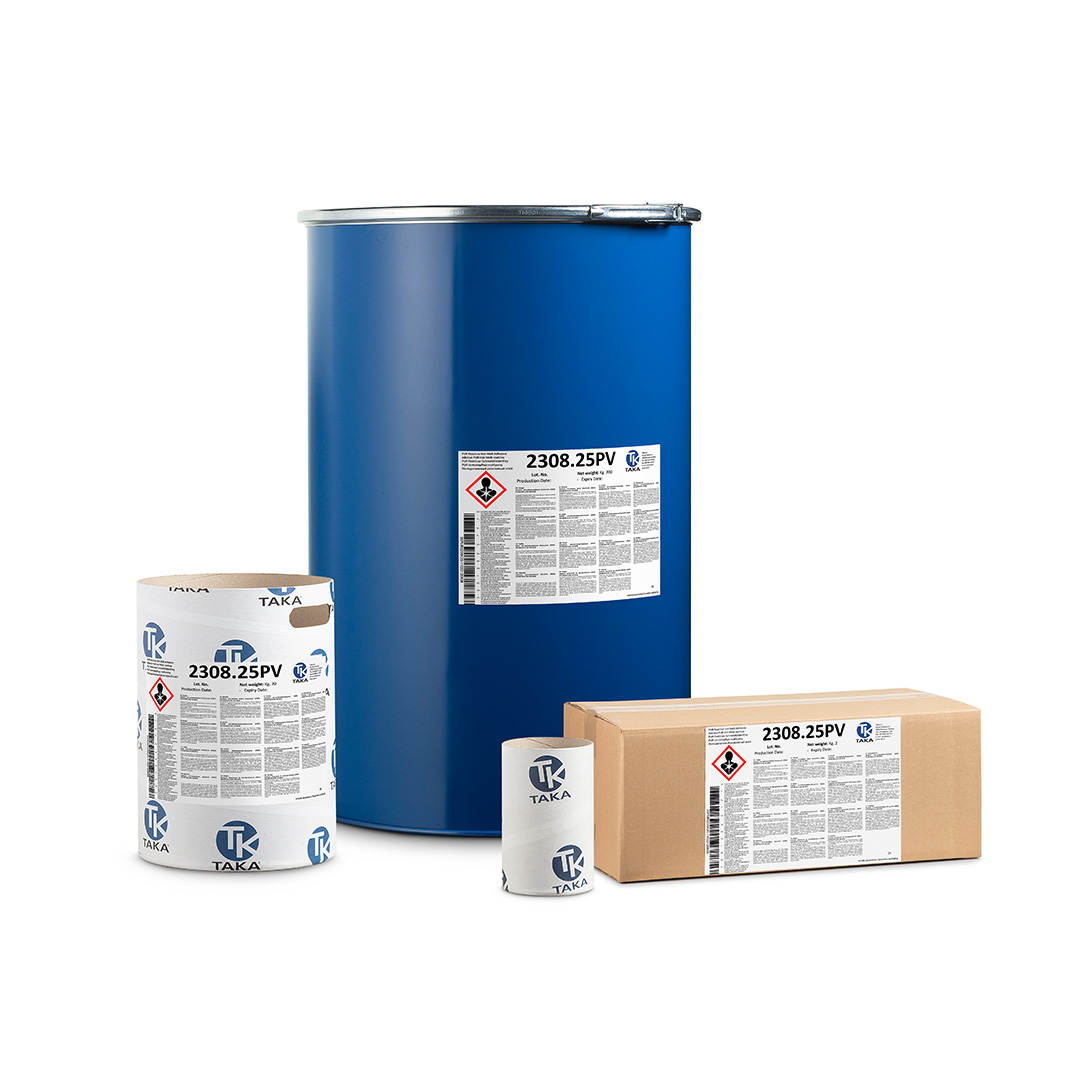Hot melt adhesives for PUR adhesives for caravan industry and shipbuilding
Main features
Lightweight construction elements
MDF, HDF or chipboard panels
Honeycomb or foam panels (EPS)
MDF, PU, PVC and aluminium profiles
PUR adhesives for caravan industry and shipbuilding
Reactive polyurethane hotmelt adhesives have a wide range of applications in the manufacture of lightweight construction elements for the motor home and caravan industry as well as for yacht and ship building. These lightweight elements are mostly used for the interior fittings of motor homes and caravans, but also for rescue vehicles, as they offer significant advantages in terms of weight reduction. Compared to other traditional materials, they also offer better breathability, noise reduction and a pleasant feel. Furniture and yacht designers as well as interior decorators choose these modern lightweight materials for the interior fittings of motorhomes and yachts for furniture, wall and ceiling panelling, because in addition to the advantages mentioned, they also offer endless possibilities in terms of shape and colour. Since the available space has to be used in the best possible way, two- and three-dimensional furniture fronts, free-form elements such as tables and worktops as well as postforming elements are ideally adapted to the interior.

Production of lightweight elements
In the production of lightweight elements, PUR adhesives are used in various process steps, from the manufacture of the composite materials and edge banding to film lamination and postforming.
Lightweight construction elements are usually laminates composed of different materials. Depending on the application, the panel core can consist of different materials. These can be wood materials such as plywood boards, MDF, HDF or chipboard, but also honeycomb boards or foams (such as EPS).
Robust and partly water-repellent top layers are glued to these with PUR hot-melt adhesives in a roller application.
Edge banding of composite panels
The open sides of the composite panels produced in this way are sealed using edge banding. Depending on the requirements, edge bands of up to 3mm material thickness are glued, whereby the joint between the panel and the edge must be perfectly glued to prevent the penetration of water (vapour).
Foil lamination of panel materials
To give the lightweight panels the desired surface look and feel, the composite panels are coated with decorative materials. A wide range of materials and decors are available here, from wood decors to stone and metal looks with respective textured embossing or super matt and high gloss finishes. Whenever there are above-average demands on the quality of the lamination, PUR hotmelt adhesives are used, as they have the highest resistance to heat, moisture and chemical substances of all hotmelt adhesives. In addition, reactive polyurethane hotmelt adhesives are free of formaldehyde. PUR adhesives are therefore the ideal material for resistant and emission-free interior elements.
Profile lamination for lightweight construction
Lightweight elements in interior design are complemented by skirting boards, baseboards, furniture components, door frames, decorative mouldings and drawer handles, which have to match the chosen design. In most cases, profile mouldings made of abachi light wood, MDF, PU, PVC or even aluminium are used for this purpose, which are then foil-laminated in the matching decors. The same materials and decors are available here as for panel lamination. This ensures that a homogeneous and visually appealing interior design can be created for motorhomes and yachts.
Sustainable PUR adhesives for furniture production
Especially in the furniture industry, the demand for more sustainable alternatives to conventional PUR adhesives is growing. Therefore, Taka has developed special PUR adhesives with a reduced content of monomeric diisocyanates of less than 0.1 percent by weight. These do not have to be labelled according to the EU Hazardous Substances Ordinance and therefore the training obligation for the users of these monomer-reduced PUR adhesives does not apply because they pose a reduced potential health risk during processing.
TAKA also develops special PUR hotmelt adhesives that are based partly or largely on non-fossil raw materials, but instead consist of organic, renewable materials. These so-called “bio-based” adhesives help to reduce the carbon footprint of the supply chain as well as your products.
TAKA-WPR have developed special solutions for the individual work steps in the production of lightweight construction elements. Please contact us and we will be happy to advise you.
